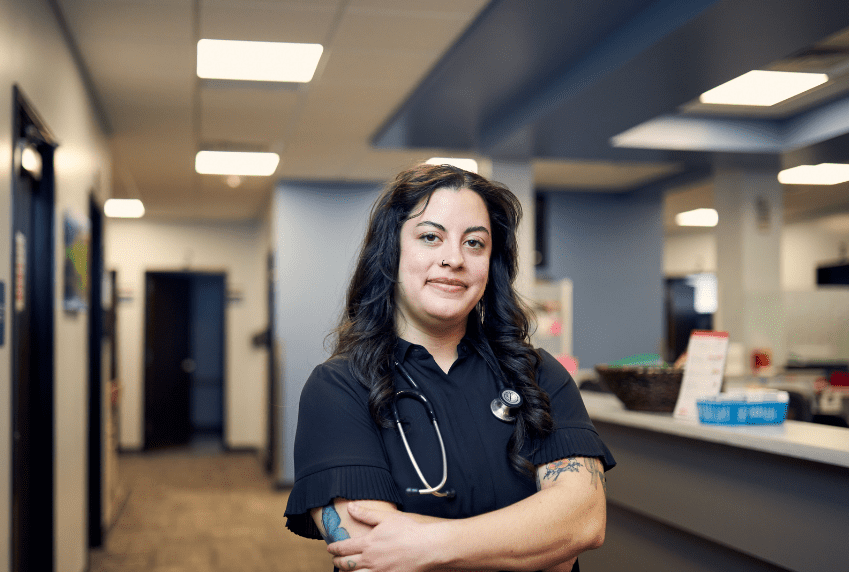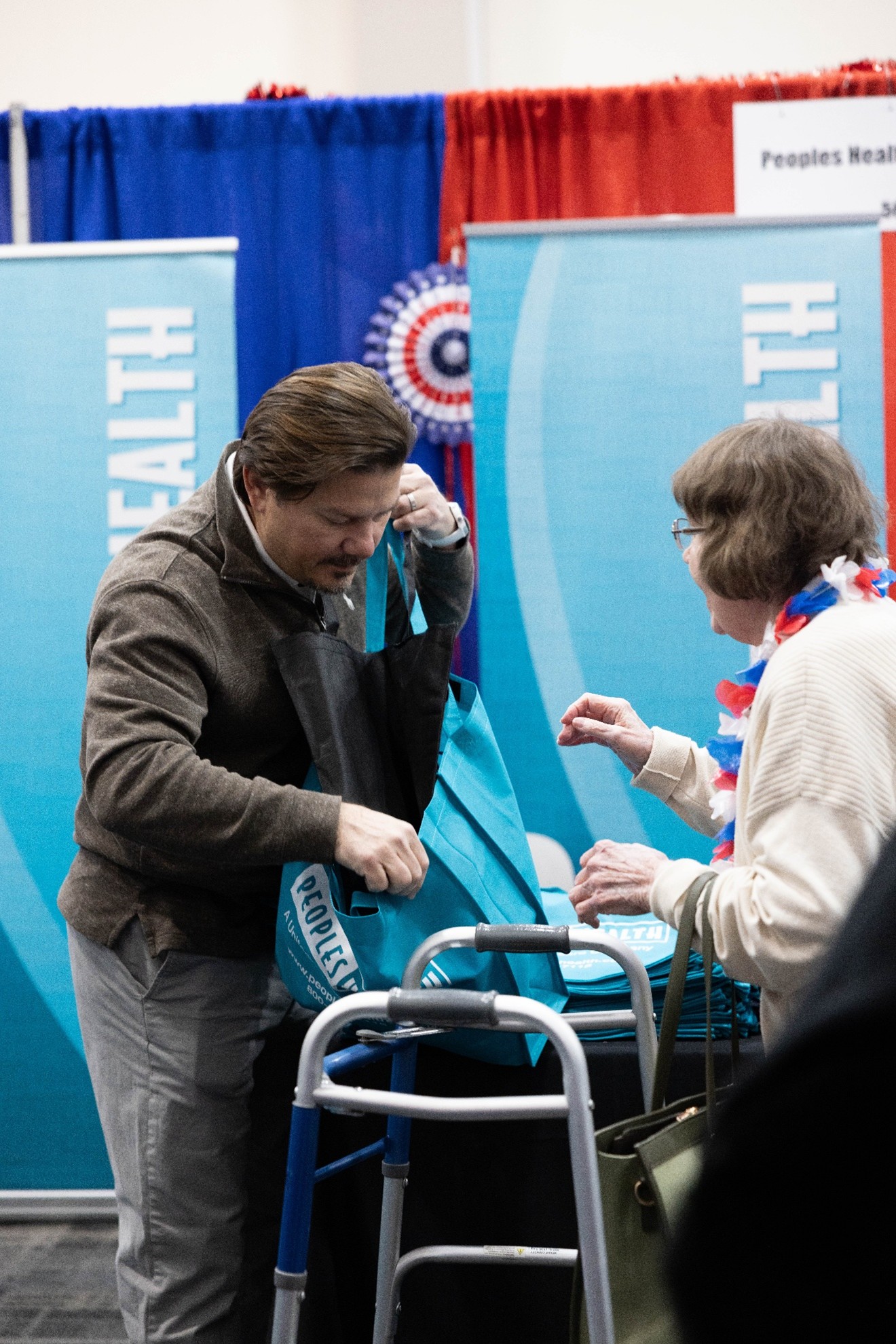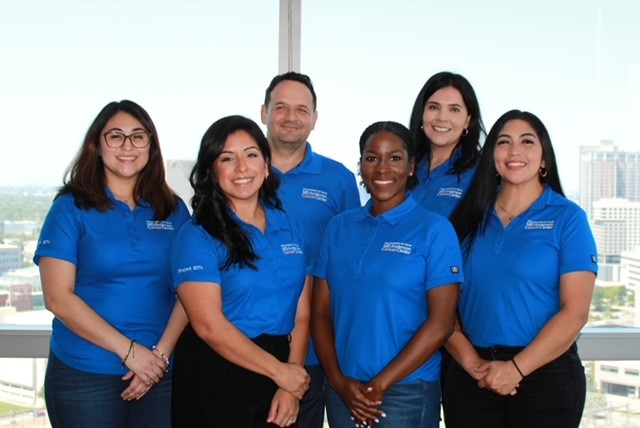Interview with Family Health Services – 2024 80% in Every Community National Achievement Award Honoree
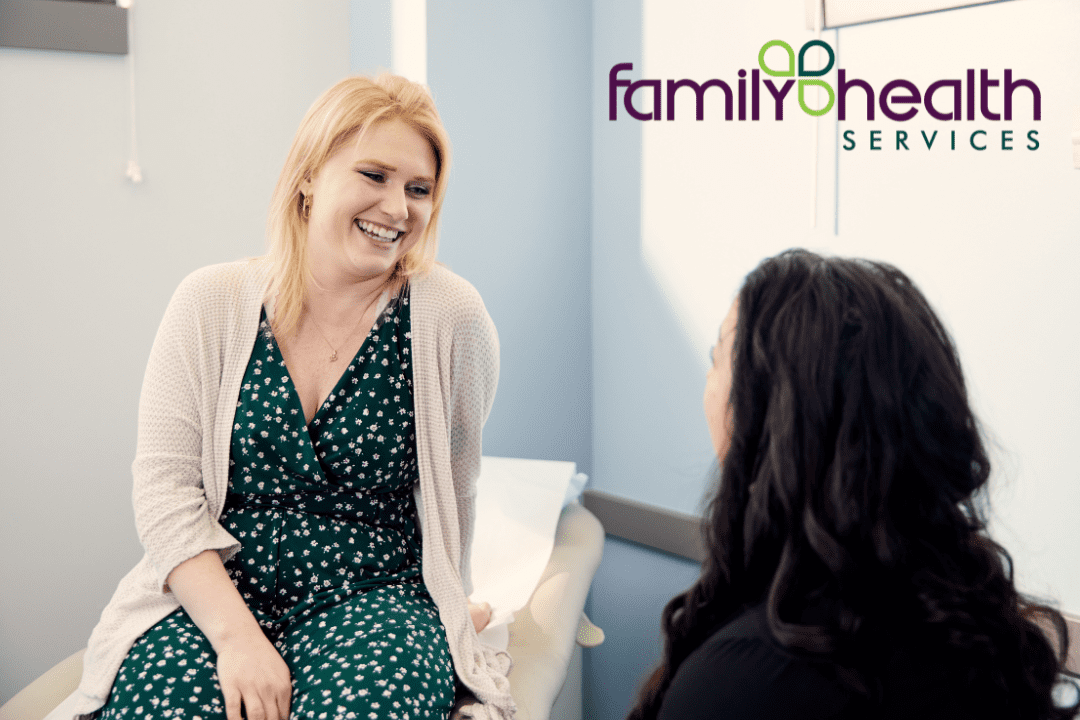
Date: August 5, 2024
As part of a series, the ACS NCCRT is thrilled to highlight our 2024 80% in Every Community National Achievement Award Winners with in depth blogs on their work. Below you’ll find the second of five interviews with awardees about what they did to increase colorectal cancer screening (CRC) rates as well as their lessons learned from their efforts.
Quick Stats
Organization: Family Health Services
Location: South-Central Idaho
Interviewee: Stephanie Hunzeker, Grant Specialist, BA
The Interview
When and why did your organization decide to focus on increasing colorectal cancer screening?
Family Health Services (FHS) started working on our colorectal cancer (CRC) screening efforts in 2015, when we realized that our screening rate for 2014 was abysmal at six percent, with only 267 of the 4,312 age-eligible patients screened. The low screening rate and known barrier of cost associated with colonoscopies helped inform our activities, including seeking grant funds and forming a foundation to raise funds for colonoscopies.
Did you set a colorectal cancer screening goal? If so, what was it, and how did you measure it? What was the final outcome?
Most clinics set very conservative goals, fully understanding the various challenges to the completion of CRC screenings. The general quality improvement goal for FHS started at a minimum of 3 percent improvement over the various lengths of their test – some were 30 days and others were up to 90 days. FHS monitored using the Plan-Do-Study-Act (PDSA) improvement form to test small changes over time to determine the best interventions and reviewed the PDSAs at least twice per year during our regular Quality Assurance Committee meetings. Each of the participating clinics has engaged in a CRC PDSA at least once per year for the last several years. There were several outcomes because there were several clinics starting at different points in the process testing various interventions. The overarching outcome was consistent improvement over time – increasing from an organizational CRC screening rate of six percent in 2014 to a current CRC screening rate of 55.1 percent as of July 2024 with four clinics either at or above 60 percent. This translated to approximately 4,567 people up to date on their CRC screening.
Did you have a colorectal cancer screening champion for your efforts on staff or in the community? If so, who were they, and how did you engage them?
Our CRC screening champion when we started focusing on the measure was our Associate Medical Director, Adam Richins. He had a family member with CRC and was instrumental in helping us recognize barriers and opportunities for improvement. He was very passionate about early and regular screening and fully recognized that a colonoscopy was the gold standard recommendation but not everyone can access that resource due to the cost/insurance coverage.
What interventions or activities did you use to increase colorectal cancer screening rates?
A combination of interventions were used to improve CRC screening in the population served by FHS, including:
- FHS started with mapping out the CRC workflow for the front office, nursing, and providers to identify areas of improvement to act upon. As a result of this mapping, FHS identified that some clinics did not have an adequate supply of FIT kits and were not offering these as an option for patients who refused or could not afford a colonoscopy. Some staff were unaware of where these supplies were in the clinics that did have the FIT kits and this was remedied.
- FHS then provided steady access to FIT kits, and even provided toilet hats and gloves for patients who agreed to complete the FIT kit at home.
- FHS provided return postage for patients to mail the FIT kits back in.
- Nursing and support staff followed up with patients to ensure they returned the FIT kits in a timely manner.
- FHS sent out postcard reminders and conducted a phone survey afterward to determine the most effective intervention for patients. Over 75% of patients said their provider recommending the screening is what influenced their decision to complete it, so there was a big push for providers to address patient reluctance and ensure that patients were aware of the benefits of early and regular screening.
- CRC screening was also added to FHS quality bonus goals each quarter for nurses and providers. Since our eight clinics (at that time) are very competitive with each other, FHS also introduced Pierre L’Poo as a trophy for the clinic with the highest screening rate each month. Pierre L’Poo is a large poo emoji pillow that FHS framed in a window box for staff to place on the check-in counters with the screening rate prominently displayed. It has been a conversation starter between patients and staff and a nice moment of celebration and recognition each month at our Patient-Centered Medical Home (PCMH) team meeting.
- FHS created a foundation fundraiser to pay for discounted colonoscopies provided through collaborations with local GI professionals, surgery centers, and anesthesia offices. Each year, we raise over $25,000 to pay for the discounted colonoscopies and other health screenings for those most in need.
- FHS is also very fortunate to have access to diagnostic colonoscopy at a reduced cost through one of our hospital partners for uninsured patients at two of our eastern clinics. This access promotes greater health equity among vulnerable populations.
- FHS created and/or accessed patient education materials for CRC as well.
What do you consider your greatest success while working to increase colorectal cancer screening rates?
FHS’ greatest success has been the thousands of patients effectively screened for CRC in the last several years. In addition, some felt it was a difficult measure to improve upon due to patient beliefs, preferences, and reluctance and that achieving even a 50 percent screening rate would be very difficult. The fact that FHS has achieved and maintained this rate for nearly eight years has been a huge factor in many providers and staff being more confident that the combined proactive efforts are working to get more people screened.
What was your biggest lesson learned while working to increase colorectal cancer screening rates?
Our biggest lesson learned was that our implicit biases and expectations of why we think patients would refuse a CRC screening are not always correct. The most powerful takeaway from our work is that patients rely on their healthcare providers to inform and educate them about necessary screenings, the benefits of early screening, and what to expect from the process.
What else would you want others to know about how you increased colorectal cancer screening rates?
FHS wants others in healthcare to remember that every patient matters and clinical processes, once tested and refined, really do help ensure that patients do not get lost to follow up or become a missed opportunity. As CRC rates increase in younger populations, we must remain diligent in our process to promote regular screening to achieve the most positive health outcomes for everyone.
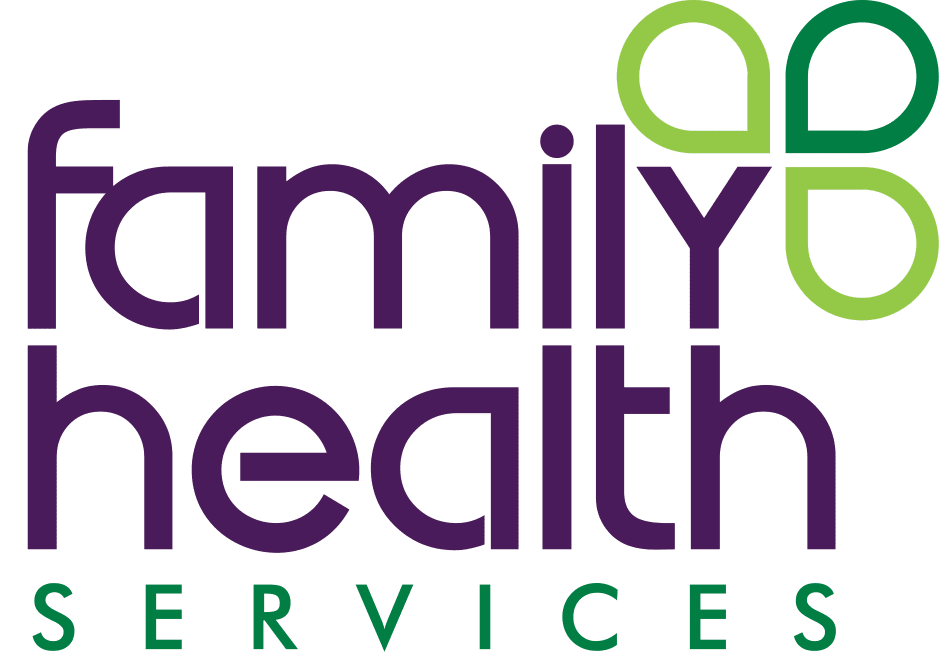
The ACS NCCRT would like to thank Stephanie Hunzeker for her time to complete this interview. Family Health Services work to increase CRC screening rates earned them an Honoree slot for the 2024 80% in Every Community National Achievement Awards. Learn more about Family Health Services by visiting their website.

